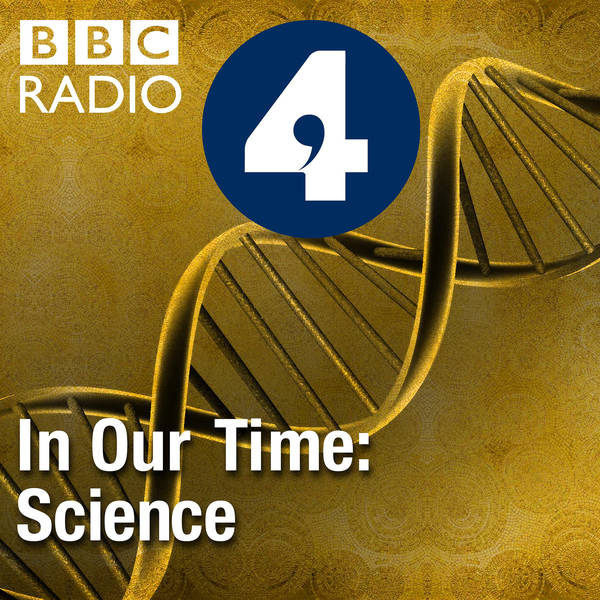
The Life of Stars
Melvyn Bragg and guests discuss the life cycle of stars. In his poem Bright Star John Keats wrote, "Bright Star, would I were steadfast as thou art". For Keats the stars were symbols of eternity- they were beautiful and ordered and unchanging - but modern astronomy tells a very different story. Stars, like everything else in the universe, are subject to change. They are born among vast swirls of gas and dust and they die in the stunning explosions we call supernovae. They create black holes and neutron stars and, in the very beginning of the universe, they forged the elements from which all life is made. But how do stars keep burning for millions of years, why do they self-destruct with such ferocity and what will happen to the universe when they all go out?With Paul Murdin, Senior Fellow at the Institute of Astronomy, Cambridge; Janna Levin, Advanced Fellow in Theoretical Physics in the Department of Applied Mathematics & Theoretical Physics at the University of Cambridge; Phil Charles, Professor of Astronomy at Southampton University.
